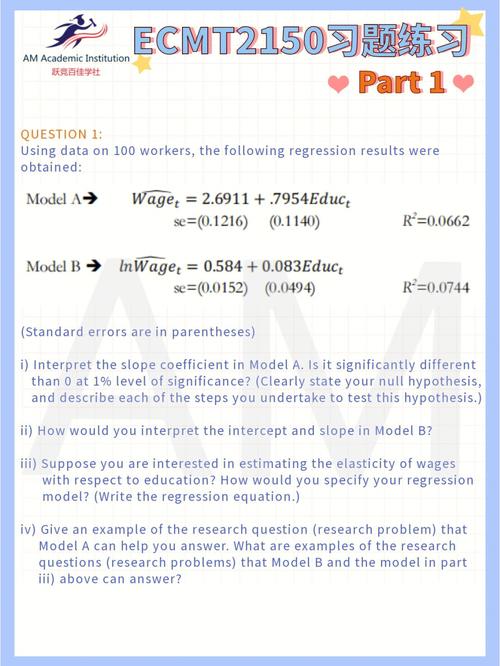Understanding CMT: A Comprehensive Overview
CMT, or Clustering of Static-Adaptive Correspondences for Deformable Object Tracking, is a sophisticated algorithm that has gained significant attention in the field of computer vision. This article aims to provide you with a detailed and multi-dimensional introduction to CMT, exploring its principles, applications, and advantages.
What is CMT?
CMT is an algorithm designed for visual tracking, specifically for deformable objects. It was introduced in the paper Clustering of Static-Adaptive Correspondences for Deformable Object Tracking published in CVPR 2015. The algorithm is known for its effectiveness in tracking objects across various scenarios and is often compared favorably with other top tracking algorithms like TLD, CT, Color Tracking, and Struck.
How Does CMT Work?
The core principle of CMT is to continuously monitor and match feature points of an object across frames. This is achieved through the following steps:
1. Feature Point Detection: CMT utilizes feature point detection algorithms like SIFT, FAST, or BRISK to identify distinctive points on the object in the initial frame.2. Feature Description: Once the feature points are detected, their descriptions are computed using algorithms like SIFT or BRISK.3. Feature Matching: In subsequent frames, the algorithm matches the detected feature points with the ones from the previous frame using a matching algorithm like BruteForce-Hamming.4. Motion Estimation: The algorithm uses optical flow techniques to estimate the motion of the object between frames.5. Feature Point Refinement: The matched and estimated feature points are refined to account for any errors or outliers.6. Object Tracking: The refined feature points are used to track the object in the current frame.
Advantages of CMT
CMT offers several advantages over other tracking algorithms:
1. Real-Time Performance: CMT is designed to be efficient and can track objects in real-time, making it suitable for applications that require rapid tracking.2. Robustness: The algorithm is robust to changes in lighting, scale, and viewpoint, making it suitable for a wide range of applications.3. Accuracy: CMT provides accurate tracking results, often outperforming other algorithms in terms of tracking accuracy.4. Flexibility: CMT can be easily integrated into existing tracking systems and can be adapted to various tracking scenarios.

Applications of CMT
CMT has found applications in various fields, including:
1. Video Surveillance: CMT can be used to track objects in surveillance videos, enabling better monitoring and security.2. Robotics: CMT can be used to track objects in robotic systems, enabling robots to interact with their environment more effectively.3. Autonomous Vehicles: CMT can be used to track objects on the road, aiding in the development of autonomous vehicles.4. Medical Imaging: CMT can be used to track objects in medical images, enabling better analysis and diagnosis.
Comparison with Other Tracking Algorithms
CMT has been compared with other tracking algorithms, and it often outperforms them in terms of accuracy and robustness. Here is a comparison table:
| Algorithm | Accuracy | Robustness | Real-Time Performance |
|---|---|---|---|
| CMT | High | High | High |
| TLD | Medium | Medium | Medium |
| CT | Low | Low | Low |
| Color Tracking | Low | Low | High |
| Struck | Medium | Medium | Medium |
Conclusion
CMT is a powerful and versatile tracking algorithm that has proven to be effective in various applications. Its ability to track objects in real-time, with high accuracy and robustness, makes it a valuable tool for researchers and developers in the field of computer vision. As the field continues to evolve, we can expect to see even more innovative applications of C



